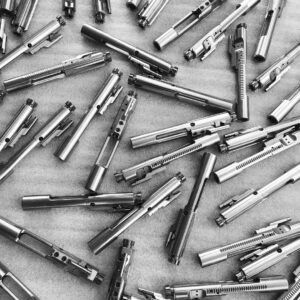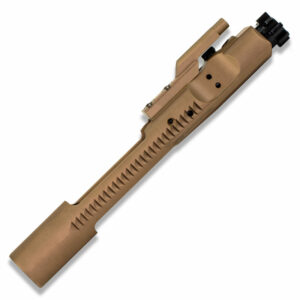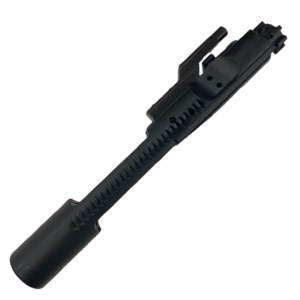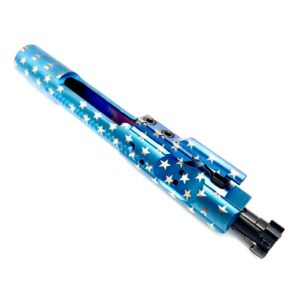Showing all 23 results
-
Original price was: $239.00.$169.00Current price is: $169.00. View Product
-
Original price was: $199.00.$119.00Current price is: $119.00. View Product
-
Caliber: 5.56/.223, 300 BLKOriginal price was: $189.00.$118.99Current price is: $118.99. View Product
-
Caliber: 5.56/.223, 300 BLKOriginal price was: $129.00.$79.00Current price is: $79.00. View Product
-
Caliber: 5.56/.223, 300 BLKOriginal price was: $129.00.$79.00Current price is: $79.00. View Product
-
Caliber: 5.56/.223, 300 BLKOriginal price was: $179.00.$149.00Current price is: $149.00. View Product
-
Caliber: 5.56/.223, 300 BLKOriginal price was: $199.00.$149.00Current price is: $149.00. View Product
-
Caliber: 5.56/.223, 300 BLKOriginal price was: $179.00.$149.00Current price is: $149.00. View Product
-
Original price was: $109.99.$99.99Current price is: $99.99. View Product
-
Original price was: $288.54.$149.00Current price is: $149.00. View Product
-
Original price was: $299.00.$149.00Current price is: $149.00. View Product
-
Caliber: 5.56/.223, 300 BLK, .350 LegendOriginal price was: $304.22.$159.00Current price is: $159.00. View Product
-
Original price was: $288.54.$159.00Current price is: $159.00. View Product
-
Original price was: $260.04.$99.00Current price is: $99.00. View Product
-
Original price was: $199.00.$134.99Current price is: $134.99. View Product
-
Caliber: 5.56/.223, 300 BLKOriginal price was: $179.00.$129.00Current price is: $129.00. View Product
-
Original price was: $249.00.$149.00Current price is: $149.00. View Product
-
Original price was: $249.00.$169.00Current price is: $169.00. View Product
-
Caliber: 5.56/.223, 300 BLKOriginal price was: $179.00.$109.00Current price is: $109.00. View Product
-
Caliber: 5.56/.223, 300 BLKOriginal price was: $179.00.$109.00Current price is: $109.00. View Product
-
Caliber: 5.56/.223, 300 BLK, .350 LegendOriginal price was: $199.99.$159.50Current price is: $159.50. View Product
Showing all 23 results
As a rifle owner who is thinking of trying out BLK builds, there are chances that you have already asked yourself: “Do I actually need a .300 blackout bolt carrier group?” Well, maybe you actually do. A .300 blackout BCG can make or break the performance of your rifle! Let us do a quick breakdown that will let you know when you actually need a .300 blackout bolt carrier group.
Running Subsonic Ammo or a Suppressed Build
One peculiar thing about the .300 BLK round is its silence, particularly when you use it with subsonic ammo or a suppressor. However, this results in a reduced ability to generate the right amount of pressure, which can affect the cycling if you are not using the right hardware. Using a BCG for 300 blackout will help to address this issue therefore ensuring a smoother cycling, which will reduce malfunctions.
Also, the suppressed build produces extra back pressure and carbon which can affect the performance of the rifle, but 300 BLK BCGs like the Microbest BCG often have advanced coatings that resist fouling and make cleaning easier.
Building a Short-Barreled Rifle or Pistol
The 300 blackout produces exceptional results when it is used with short barrels. However, running an SBR or an AR pistol puts a lot of stress on the internal components of a rifle and the bolt carrier group takes a huge chunk of that. This is why it is important to choose a strong and solid BCG for 300 blk.
In short-barrelled setups, the dwell time is considerably reduced and the gas system runs a bit harsher when compared to long-barrelled rifles. A well-selected and properly built 300 blackout BCG helps to improve the rifle’s cycling even when rapid shots are being fired. If you already have calibers like the 350 Legend BCG running in your setup, then you’ll understand why it is important to choose unique BCGs that are caliber-specific.
Why Use a Separate BCG for Multi-Caliber Set Up?
If you are someone who likes swapping their uppers, then maybe it is time that you actually set up a BCG from each upper. This is because different calibers have different ways by which they wear out the rifle’s internal component, so using one BCG for multiple uppers can affect the effectiveness of the upper and lead to shortening the lifespan of the upper.
What to Look for in a .300 Blackout BCG
When it comes to getting the right .300 blackout BCG, it is not just about the cheapest price but about the functionality and performance. Here are some things that you should look out for when you want to buy BLK BCG:
- Material – the type of material of the bcg determines how well it will perform and how long it will last. You can consider a Carpenter 158 or 9310 steel as these materials handle heat and pressure better.
- Coating – just like the material, your BCG’s coating is essential as well. You can choose between a DLC, nickel boron, or nitride as they give smoother cycling and make cleaning the carrier group easy.
- Gas key staking – making sure you get a proper gas key stalking will help to ensure that the gas key does not come loose where there is a recoil.
- Full-Auto Profile – a full-auto BCG will add mass and durability for a smooth performance.
If you really want to build a top-tier 300 BLK rig, then you really need a BCG. It doesn’t matter if running suppressed, subsonic, or short-barreled, a well-built 300 blackout bolt carrier group will give your rifle the upgrade it deserves.

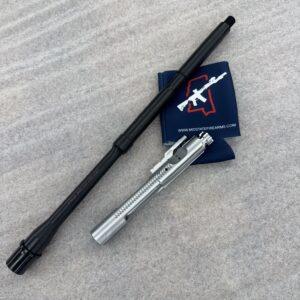



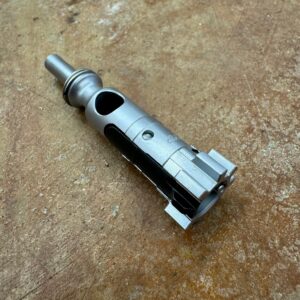

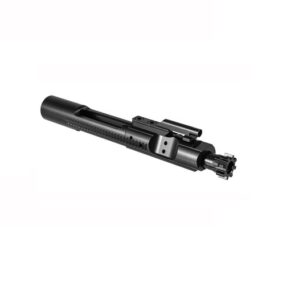
(1)-300x300.jpg)
-300x300.jpg)

